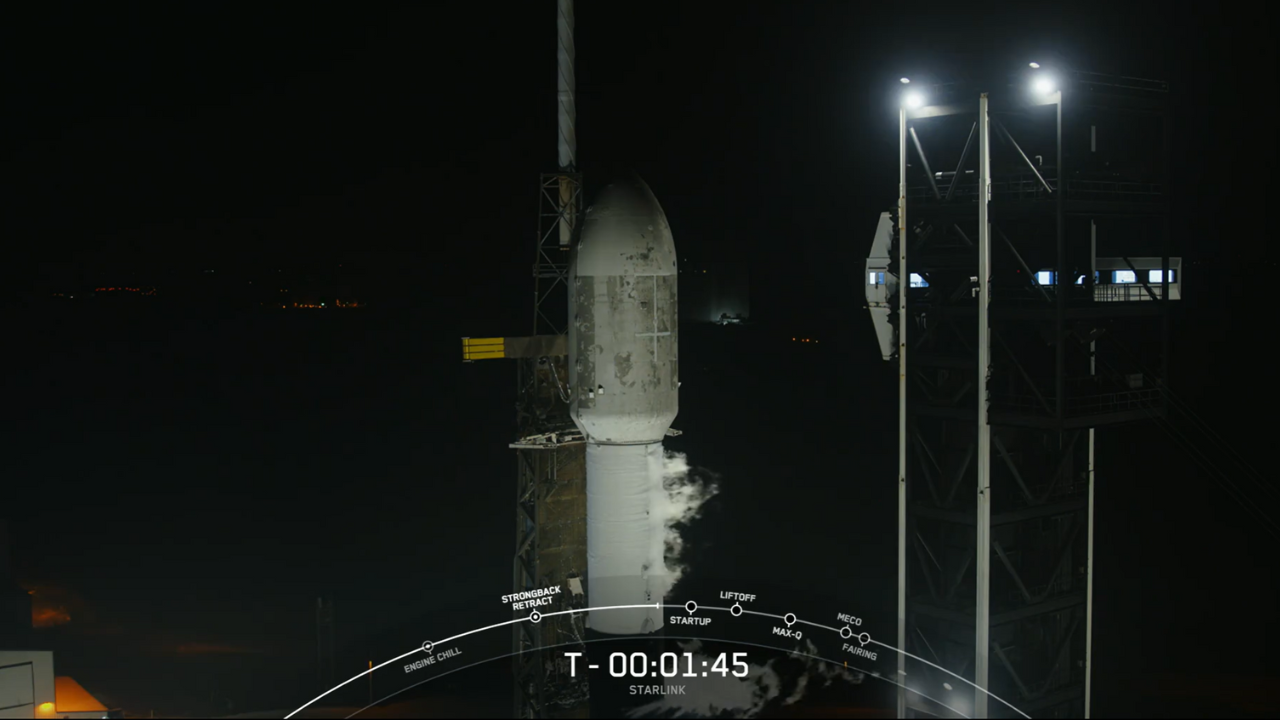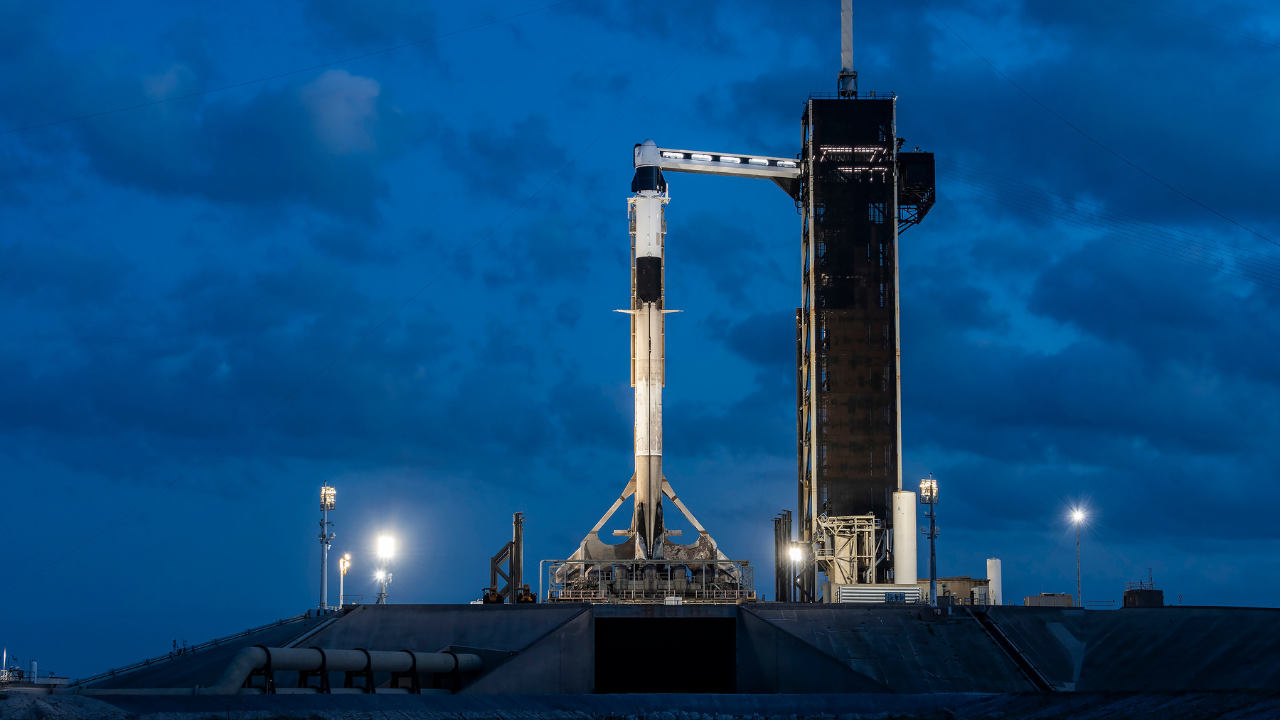NEW DELHI: Researchers have successfully activated the world's
smallest particle accelerator
which could revolutionize various applications, including the potential for miniature particle accelerators to be employed in medical treatments.
According to Space.com, the newly developed machine, known as a
nanophotonic electron accelerator
(NEA), is a miniature technological marvel approximately the size of a small coin.
This tiny accelerator relies on a small microchip housing a vacuum tube made up of thousands of individual "pillars." The process involves the acceleration of electrons by directing miniature laser beams at these pillars, marking a departure from traditional particle accelerator technology.
Compared to the gargantuan 16.8-mile-long (27 kilometers) Large Hadron Collider (LHC) at CERN in Switzerland, the world's largest and most powerful particle accelerator, the main acceleration tube of the NEA is approximately 0.02 inches (0.5 millimeter) long, making it 54 million times smaller in size. The internal dimensions of the NEA's tunnel are a mere 225 nanometers wide.
In a recent study published in the journal Nature, researchers from the Friedrich-Alexander University of Erlangen–Nuremberg (FAU) in Germany reported the successful use of the NEA to accelerate electrons from 28.4 kiloelectron volts to 40.7 keV, representing an impressive 43% increase in energy.
This marks the first successful activation of a nanophotonic electron accelerator, a concept originally proposed in 2015. Space.com reported that Stanford University researchers have also achieved similar results with their mini accelerator, but their findings are still undergoing review.
Emphasizing the significance of this accomplishment, the study's co-author Roy Shiloh, a physicist at FAU, said, "For the first time, we really can speak about a particle accelerator on a [micro]chip."
Lead author Tomáš Chlouba, a physicist at FAU said in a statement, "The dream application would be to place a particle accelerator on an endoscope in order to be able to administer radiotherapy directly at the affected area within the body."
LHC and NEA differentiators
Comparing the NEA to the Large Hadron Collider, the LHC relies on more than 9,000 magnets to generate a powerful magnetic field that accelerates particles to nearly the speed of light, the NEA operates differently. It employs light beams to interact with the pillars within the vacuum tube, amplifying energy in a unique way. However, the energy field produced by the NEA is notably weaker.
Despite the
lower energy levels
, the NEA accelerates electrons with just a fraction of the energy that the LHC can achieve. Researchers remain optimistic about enhancing the NEA's design, such as exploring alternative materials or stacking multiple tubes, which could result in further acceleration. Still, it is improbable that the NEA will ever match the energy levels of the colossal colliders like the LHC.
This limitation may prove beneficial, considering the primary objective of developing these miniature accelerators is to harness the energy emitted by the accelerated electrons for precise medical treatments that can replace more harmful forms of radiotherapy used in cancer treatment.

 1 year ago
218
1 year ago
218




























 English (US)
English (US)